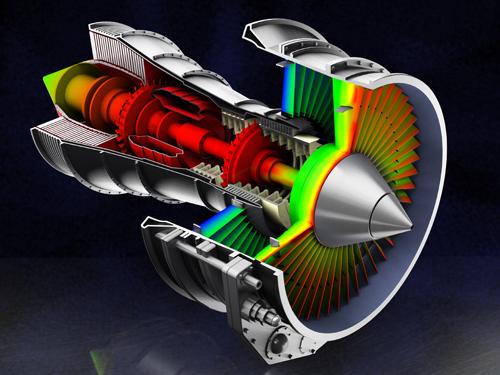NVIDIA Refuels GPU Architecture for High-Octane Performance
August 10, 2012

It's the consummate chicken and egg story: All the impressive graphics and rendering capabilities of next-generation 3D CAD, simulation, and 3D visualization software are for naught unless you have the hardware muscle to power them up effectively. Yet high-octane graphics workstation technology means nothing without compelling software to exploit its horsepower.
Graphics powerhouse NVIDIA is continuing to do its part to coordinate the longstanding dance between hardware and software evolution. The company just released its next-generation Maximus workstation platform, which marries the professional-quality graphics and visualization capabilities of the NVIDIA Quadro GPU family with the Tesla massively parallel computer GPU architecture, which is primed to deliver High Performance Compute (HPC) performance. The second iteration of the Maximus workstation platform features Kepler, which NVIDIA bills as its fastest and most efficient GPU architecture.

With the latest Maximus release, compute work is assigned to run on the new NVIDIA Tesla K20 GPU architecture, while the new NVIDIA Quadro K5000 GPU takes care of graphics functions. It is the Maximus technology that automatically assigns visualization, simulation, and rendering work to the appropriate Kepler-based processor.
NVIDIA orchestrated the pairing of the Quadro and Tesla technologies with Maximus to address what it viewed as an increasing requirement for compute performance as engineering problems got more complex and the subsequent designs got larger and more intricate. The growing use of 3D simulation and photorealistic rendering in the engineering and manufacturing space also highlighted a gap in performance capabilities on what was then considered current state-of-the-art workstation technology, David Watters, senior director of NVIDIA's manufacturing and design vertical, said in an interview:
There was definitely a time when you wanted to do CFD (Computational Fluid Dynamics) or FEA (Finite Element Analysis) study, you could do it locally at your design workstation, but over the last decade, it's had to migrate into the server room to run on a cluster of compute servers. The CPU-centric architecture of the workstation wasn't able to keep up with the floating point demands of these problems. With Maximus, we're putting server-class horsepower into a technical workstation to help solve those problems.
About the Author(s)
You May Also Like



